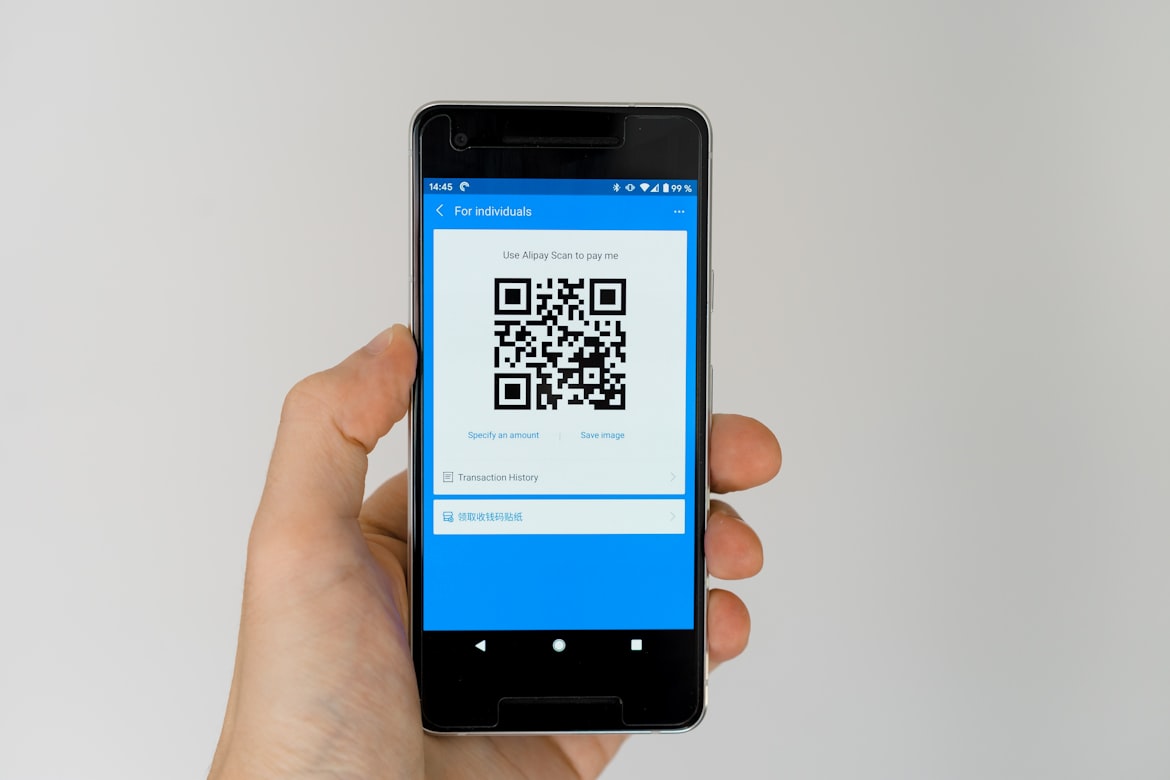QR codes are everywhere these days. You see them on posters, flyers, business cards, and even on products you buy. They are a quick and convenient way to access information, but they can also be a security risk if not used safely.
Scammers and hackers have found ways to use QR codes to trick people into giving away personal information or downloading malware onto their devices. According to ExpressVPN’s research, more and more people scan QR codes, and the number of QR code scans is expected to increase by 19% by 2025. So before scanning any QR code you encounter, in this blog post, we’ll show you how to safely scan QR codes and avoid scams and hackers.
Let’s get started!

What are QR codes?
QR codes are two-dimensional barcodes that can be read by a smartphone or other mobile device. They were invented in Japan in 1994 and have since become popular worldwide.
QR codes can contain a lot of information, including website links, contact information, and product information. They are often used in advertising and marketing to make it easy for people to access information about a product or service.
How to scan a QR code safely
Scanning a QR code is easy, but you must do it safely to avoid scams and hackers. Here are some tips to follow:
- There are many QR code scanner apps available, but not all of them are trustworthy. Use reputable apps from a trusted source, such as your device’s app store.
- When you scan a QR code that leads to a website, make sure to check the URL before clicking. Scammers create fake websites that look like the real thing but are designed to steal your information.
- Some QR codes may prompt you to download an app. Make sure the app is from a trusted source before downloading it.
- Some QR codes may ask you to enter personal information, such as your name or email address. Be cautious with this information and only provide it if you trust the source.
How to identify a safe QR code
Not all QR codes are created equal. Some are safe, while others are designed to scam or hack you. Here are some things to look out for when identifying a secure QR code:
- Make sure the QR code is from a reputable source, such as a business or organization you trust.
- Many legitimate QR codes will have a logo or branding that you recognize.
- Scammers may create QR codes with errors or misspellings, so be sure to check for these before scanning.
- If something seems too good to be true or doesn’t feel right, it’s probably a scam.
QR code scams to watch out for
Unfortunately, scammers and hackers are always finding new ways to use QR codes to trick people. Here are some common QR code scams to watch out for:
- Some QR codes may lead to a website that prompts you to download malware onto your device.
- Scammers create fake websites that look like the real thing but are designed to steal your personal information.
- Scammers may create QR codes that promise free products or services but are really just a way to collect your personal information.
- Fake Wi-Fi networks: Scammers may create QR codes that lead to fake Wi-Fi networks, which can be used to steal your login credentials and other sensitive information.

Final Words
QR codes are a convenient way to access information, but they can also be a security risk. By following the tips we’ve outlined in this beginner’s guide, you can safely scan QR codes and protect yourself from scams and hackers. QR codes are sometimes used to trick people into giving away their cryptocurrency. Scammers may offer free or discounted coins, but when someone scans the code, they’re taken to a fake website that steals their wallet information. This is a type of financial fraud to watch out for.
Remember to use a trusted QR code scanner app, check the source and URL before clicking, be cautious with personal information, and be on the lookout for scams.

















![How to Format USB to FAT32 on Mac [100% Work]](https://i0.wp.com/www.thepanthertech.com/wp-content/uploads/2024/03/image1.jpg?resize=370%2C250&ssl=1)

Leave a Reply